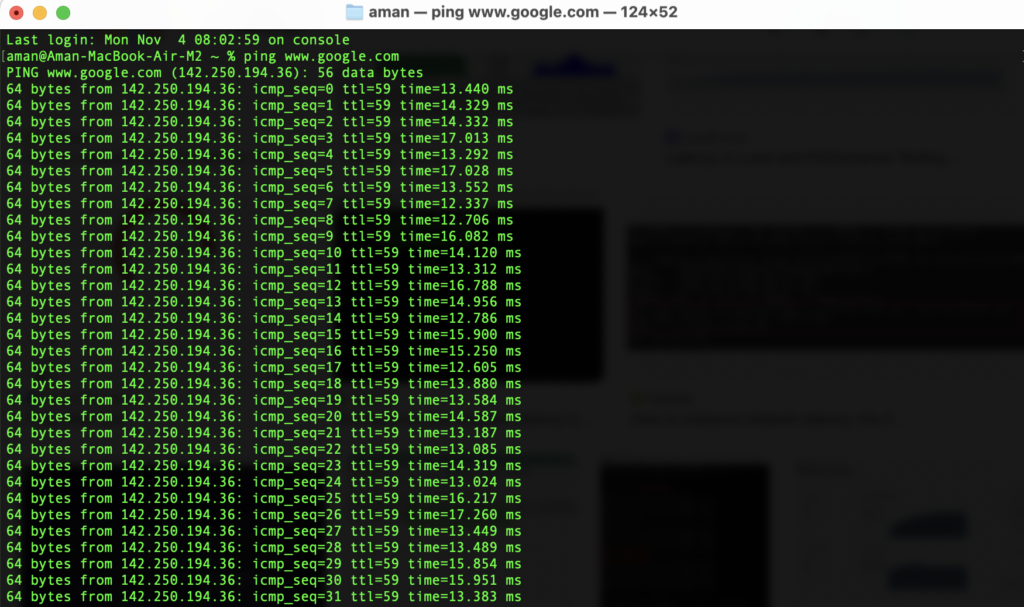In an era where remote work is now a staple for many businesses, the role of Remote Desktop Protocol (RDP) has grown immensely. RDP allows individuals to access their workstations from virtually anywhere, enabling seamless work environments for teams across the globe.
But there’s one critical factor that can make or break this experience: latency. Low latency in RDP services is becoming increasingly important, especially as we approach 2025, where the demands for fast, efficient, and reliable connectivity are at an all-time high.
What is Latency in RDP?

Latency is basically the lag between doing something and seeing the result on your screen. When using RDP, latency affects how fast things happen, like clicking, transferring files, and refreshing the screen. High latency means things slow down, and that’s frustrating for users and kills productivity.
Causes of Latency in RDP Services
Latency can be caused by multiple factors, including:
- Inefficient data handling or server processing speeds
- Network congestion
- Distance between servers and users
Why Latency Matters in RDP Services?
That slow connection is a real drag when you’re using Remote Desktop Protocol (RDP). When there’s high latency (aka lag), it messes with your RDP session and makes it hard to get stuff done.
This is a big deal for people who use RDP a lot for work, like accessing important business applications. High latency can slow you down, make you miss deadlines, and generally make work less enjoyable.
So, to have a good RDP experience, you need a fast and stable rdp connection. Companies should invest in good network infrastructure and make sure their systems are optimized to keep data flowing quickly.
By reducing latency, businesses can boost productivity, keep their employees happy, and ultimately be more successful. The bottom line is that when it comes to RDP, every millisecond matters. If businesses want to stay competitive in today’s digital world, they need to make low latency a top priority.
The Role of Low-Latency in Modern Applications
Low latency is very important for a smooth experience when using a remote desktop. It’s like having your own computer right there! High latency, on the other hand, causes annoying delays and makes everything feel sluggish. Nobody wants that, especially when working on important stuff or trying to have a productive video call.
Low latency is key for real-time collaboration and a good user experience overall. To make sure latency stays low, we need to think about the network, the server, and how the applications are optimized. As more people work remotely and collaborate online, having fast and responsive remote desktop solutions is going to be more important than ever.
Industries Relying on Low-Latency RDP
Several industries depend on low-latency RDP solutions for their daily operations:
- Healthcare: Doctors and specialists need quick access to patient records and imaging data, where delays could impact patient care.
- Financial Services: Stock traders and analysts require immediate data updates to make informed decisions.
- IT and Software Development: Development teams working remotely need responsive RDP to code, test, and deploy applications efficiently.
- Gaming and Design: Designers and gamers demand ultra-responsive RDP to handle high-performance software and real-time rendering.
The Technical Factors Affecting Latency in RDP
Several elements play into how well an RDP service performs:
- Bandwidth and Internet Speed: Higher speeds typically translate to better performance, reducing the time it takes to send and receive data.
- Server Proximity: The closer the user is to the server, the lower the latency.
- Protocol Efficiency: Protocols like TCP and UDP can impact how quickly data is transmitted in RDP sessions.
Latency Reduction Techniques in RDP Services
Optimizing latency isn’t a one-size-fits-all solution but rather a combination of techniques, including:
- Data Compression: Reducing the size of data packets to speed up transfer times.
- Server Localization: Placing servers closer to users reduces the distance data needs to travel.
- Hardware and Software Optimization: Leveraging advanced hardware and streamlining software operations for quicker processing.
Latency in Cloud-Based RDP Solutions
Cloud infrastructure introduces additional layers but can also enhance latency management. Cloud-based RDP solutions benefit from data centers around the world, providing multiple points of access and optimized routing for faster, more reliable sessions.
Benefits of Low-Latency RDP Services
Low-latency RDP offers numerous advantages, including:
- Enhanced Productivity: Employees can work efficiently with minimal delays.
- Improved User Experience: Faster response times create a more natural, intuitive user experience.
- Cost-Effectiveness: By reducing lag, businesses save time and money, improving overall operational efficiency.
How to Choose a Low-Latency RDP Service Provider
When selecting an RDP provider, consider factors such as:
- Latency Metrics: Providers that can maintain sub-50ms latency are ideal.
- Server Infrastructure: Look for providers with global data centers to ensure proximity.
- Security Features: Encryption and authentication protocols should be robust to protect sensitive data.
Experience the unmatched speed of QloudRDP’s ultra-low latency connections, available at an incredibly affordable price. We offer premium features that you won’t find anywhere else on the market.
Conclusion
Low latency is a game-changer in the RDP landscape, especially as we move into 2025. With faster, more reliable connections, low-latency RDP solutions empower businesses to operate efficiently, enhance user experience, and stay competitive. Investing in low-latency RDP today ensures a smooth, productive, and future-ready remote work environment.
FAQ
Why is low latency important for RDP?
Low latency reduces delays, making RDP sessions smoother and more responsive, which is crucial for productivity.
What causes latency in RDP?
Latency is primarily caused by network issues, server distance, and inefficient data handling.
How can I reduce latency in RDP?
You can reduce latency by using high-speed internet, choosing local servers, and optimizing data compression.
Which industries benefit most from low-latency RDP?
Industries like healthcare, finance, IT, and gaming benefit greatly from low-latency RDP due to their need for real-time data.
Will low-latency RDP services become standard in the future?
Yes, with advancements in technology, low-latency RDP is expected to become more widely available and standard across industries.





